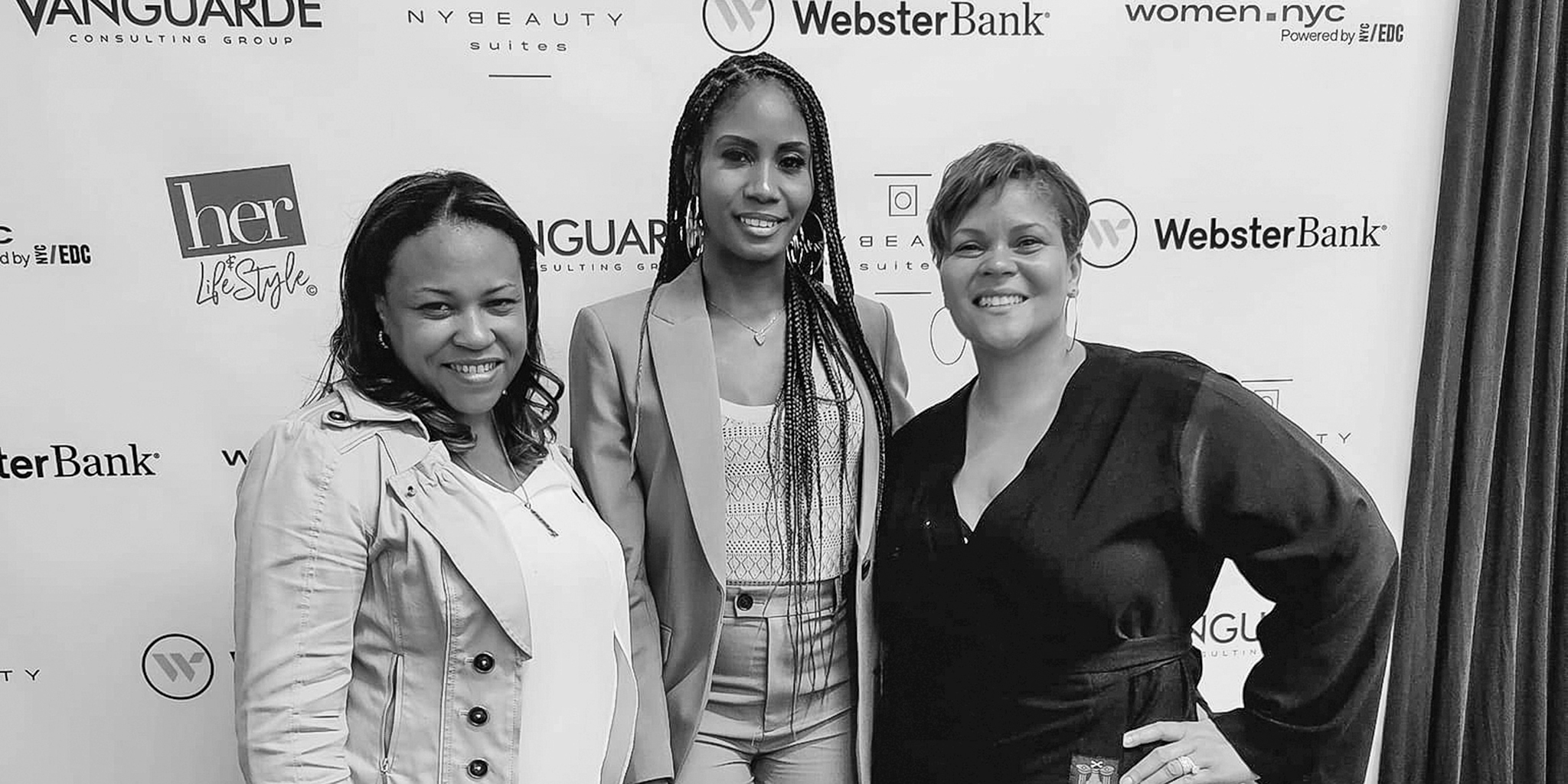Unlocking the hidden value of your business relationships
Published on September 2, 2020 | Webster Bank
As part of its commitment to provide customers with practical business solutions, Webster Bank periodically hosts Recess, an invite-only forum designed exclusively for small and commercial business leaders. It invites them to explore, connect, and progress to power their business forward.
Are you overlooking your most important resources?
Months-long pandemic. Business shutdowns. Mandatory quarantines. Social unrest. It seems there has never been a more challenging time to run a business.
In the face of such trying times, it can be easy to overlook important resources within your organization – your relationships with employees, customers and networks.
To help prioritize these relationships, business leaders and a cross-industry panel of experts came together for a recent Webster Bank Virtual Recess. Sharing insights and ideas from their own experiences, they discussed how businesses today, regardless of size or sector, can fortify relationships, recognize their changing nature and identify blind spots that can undermine them, particularly when it comes to advancing diversity, equality and inclusion.
Here are a few key takeaways from the event that you can use to strengthen key relationships for your organization and effectively lead the way forward.
Ways to tighten bonds with staff and employees:
- Check in with employees.
With widespread remote work, make it a priority to check in with everyone on a regular basis. The COVID-19 pandemic is not a one-size-fits-all problem. Everyone has reacted to it differently. ItÕs important to reach out one-on-one to see how employees are doing. Pay attention to those who may be struggling and feeling stressed from the isolation of remote work. And, it goes without saying, offer them personal interaction and attention.
- Understand that employees may need to “turn off.”
With fewer barriers to maintaining work-life balance, employees may no longer have a sense of going from home to work and back. Every day may seem like one long shift and result in feeling stretched too thin and always “on.” To lessen this feeling, support the idea of “cave time” when employees can unplug, silence their phone and notifications and spend a couple of hours getting re-centered on the priorities that matter most.
- Establish trust and empathy.
This is particularly important because employees will only feel comfortable sharing what’s going on with them, physically, emotionally or mentally, if they feel like there’s a certain level of trust between them and their team leader or manager. Since work-from-home arrangements don’t allow for in-person one-on-one meetings, organizations will have to go above and beyond to embrace these human-based principles albeit through virtual connections.
“People talk about the pandemic as this global shared experience. But it really isn’t. It’s billions of simultaneous experiences, each one very different.”
Paul Michaelman, Editor-in-Chief
MIT Sloan Management Review
Ways to strengthen ties with customers and clients:
- Reach out.
It may seem simple, but checking in with customers and asking, “How are you doing?” not only lets them know you and your staff care, but also that your relationship is more than buying and selling products or services. By showing concern and seeing how you may be able to add value, suggest a resource, contact or make a genuine offer of help is a true human connection that they will remember and will ultimately build the relationship over time.
- Listen.
Listening is another easy, yet important, way to add value when clients may be stressed while operating in current “survival mode.” Table the hard sell. Instead, lend an ear as way to help them vent and de-stress and consider what their business may still need, but may have put “on hold” as a result of the pandemic and adjusting priorities.
- Get ahead of your customers.
Anticipate what they may need in the future. While your clients may be in survival mode now, review their strategic goals. Plan for any next steps that they may not have time to think about at the moment, so as soon as “normal” business conditions resume, you can be ready with strategic recommendations to help them move forward.
During the COVID pandemic:
“While business may have halted and sales may have halted, the workload didn’t. In fact, it probably increased for most people.”
Dana Siomkos, Founder & CEO
You & Them
Ways to avoid blind spots that can compromise diversity and inclusion:
- Be authentic.
Just about every company is talking about advocating racial justice, practicing allyship and increasing diversity within their organizations. But it’s important to genuinely embody this mission. Employees, clients and others in your networks can quickly tell if you’re simply going through the motions and negatively affect your brand and relationships.
- Get comfortable with being uncomfortable.
Whether managing a small team or a large corporate environment, understand that any time you bring more than one person together from different backgrounds, there will not be total agreement. But, if you nurture honest dialogues with your team, where everyone listens without judgement, you have a better chance of learning from the discomfort and building a culture of respect and inclusion.
- Use the “mirror test.”
To get an idea of how much diversity is currently within your own organization, count the number of employees on a team who are the same race/ethnicity as the manager. Then divide that by the total number of people. The results will show patterns in how many reflect your own views back to you versus how many provide different views and, if needed, challenge you to broaden the voices, input and perspectives included in your employee base.
“Let’s embrace complexity … and live with the fact that these are challenges we’re not going to have answers for right away because we’re in a constant state of learning.”
Philip McKenzie
Anthropologist and Author
There’s no doubt that the COVID-19 pandemic has impacted relationships that small-to large businesses have with their employees, customers and networks. Lean into some of these practical ways to find solutions to current challenges and move your relationships and business forward.
The opinions and views in this blog post are those of the authors, and are not intended to provide specific advice or recommendations for any individual. Please consult professional advisors with regard to your individual situation.



